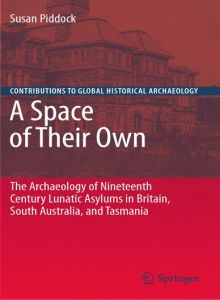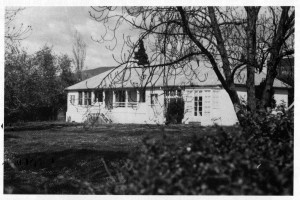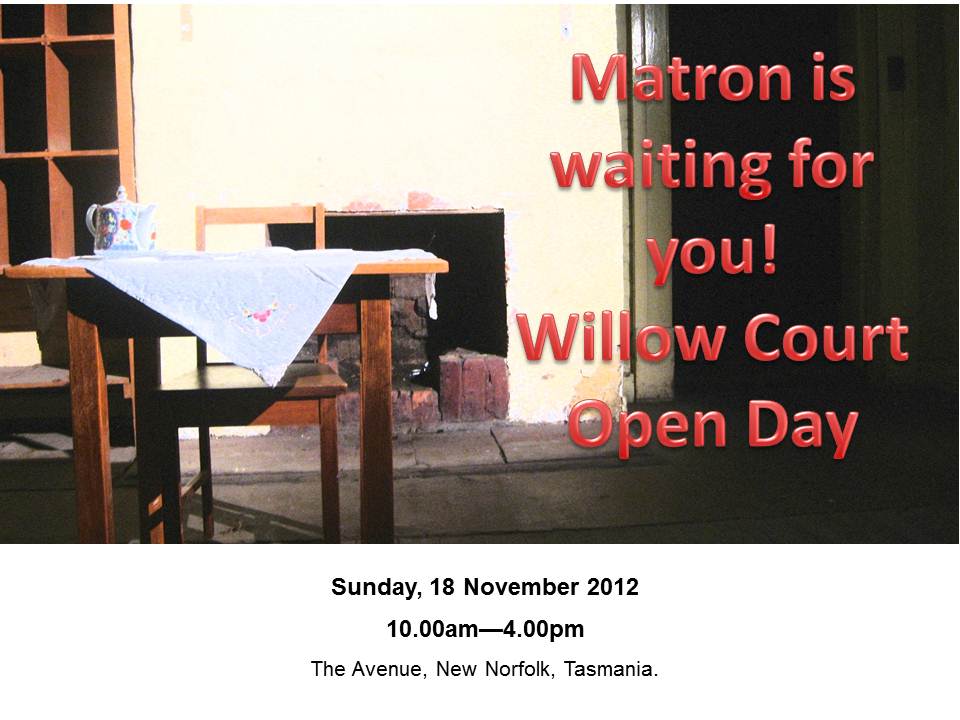Taken from the agenda for November 15th Meeting of the Derwent Valley Council. Priority Conservation Works on the Willow Court Precinct. With the power being installed soon the work needs to begin. This item is suggesting works start on the Barracks Building. We look forward to the joint press statement from the Mayor and the Chair of the Willow Court Conservation Special Committee.

Council Meeting Minutes
DISCUSSION PAPER PRIORITY CONSERVATION WORKS
WILLOW COURT
Report To: Council
Author: General Manager
Qualified Officer: Dr Jane Harrington (Willow Court Conservation Special Committee) and General Manager Introduction and Purpose
The purpose of this report is to table the recommendation of the Willow Court Conservation Special Committee in regard to Priority Conservation Works on the Willow Court Precinct.
Strategic Plan
IS5 To develop partnerships with relevant stakeholders on the development, management and maintenance of services in the municipality.
S3 To encourage the development of local sporting, cultural and artistic activities.
Ec1 To encourage and facilitate greater opportunities for business development and tourism and work toward a strategic plan for tourism and business development in the area.
Ec3 To develop partnerships with State Government, industry and regional bodies to promote economic and employment development.
Discussion
Background
One of the charters given to the Willow Court Conservation Special Committee (WCCSC) under the MoU with Derwent Valley Council (DVC) is to ‘develop a program of works to achieve sustainable re-use for the buildings in the Willow Court Precinct’ (para 3.3.5). at Meeting 5 of the committee (11/10/12 there was recognition that the development of a full program will take some time, but in the interim it was imperative to identify a priority project that could be commenced with a greater immediacy. This imperative has two primary drivers: the first is to provide a tangible outcome that reassures the community that the project is progressing in a meaningful way, the second is to recognise that the existing heritage documentation is now a number of years old and that it has identified a range of responsibilities in terms of conservation maintenance that need to be progressed urgently. It is proposed that the priority project be the implementation of a conservation works program for the Willow Court Barracks building. There is no argument that the heritage significance of Willow Court as a whole lies in its long history of use and incorporates all contributory structures and landscapes (this is identified in the citation for the listing on the Tasmanian Heritage Register). Within the complex, however, the Barracks building stands out as the hub of the complex, the oldest and indeed original structure, and the most fragile in terms of its construction material. It could probably be argued that it has become the most easily recognised structure in the precinct and this is enhanced by its architectural style and aesthetic appeal. Because of its ongoing use it represents both the convict and latter periods of institutional residency. The prerequisite for a program of works on any heritage place is the preparation of a Conservation Management Plan, Stage C, The Barracks and Bronte. Scripps et al, 2005. I draw the committee’s attention to page 1 of that document:
The reason for the production of this part of Stage 3 before the remaining buildings and landscape relates to factors such as:
- • The need to preserve and maintain the Barracks building as a matter of urgency
- • Funding for works to conserve the buildings being immediately available
- • The potential existing for Barracks and Bronte to be developed as a historic interpretation centre for the site’.
It is some 7 years since the identification of the urgency of works on the Barracks and a decision by the WCCSC and the DVC to commence a conservation program for the Barracks is desirable and responsible. The conservation program being proposed relates only to general maintenance and repair, as prioritised under the Conservation Management Plan (CMP) – noting however that as the CMP is dated it is fair to assume that further works may be identified and reprioritised. It should include the external context of the building surrounds and address the courtyard plantings and relevant landscape features, including the front wall. It is not proposed that this is an initial stage of works includes interpretation. The latter depends on decisions regarding future use, however while some structural elements have been identified as less contributory to the heritage significance of the building than others, the CMP does not support internal structural changes and hence an immediate works program can be predicated on the existing room configurations remaining, regardless of latter use decisions.
Opportunities / positives
- • There is a conservation imperative to progress this work as a priority
• It provides a ‘flagship’ project to endorse that the intent of the WCCSC and the
DVC is to achieve tangible and measurable outcomes
- • There is an opportunity for community involvement
- • It provides a focus for discussions regarding future use / tenancy of both the
Barracks building and the others in the DVC precinct.
- • It provides a focus and ’showcase’ for future funding initiatives
- • It is unlikely to be a controversial decision.
Threats / negatives
- • A perception that greater priority is being given to the convict history of the site without regard to the longer and more significant history of the building /precinct. This needs to be countered with careful communication that the conservation of the building recognises this continuing use and that the Barracks is but one component in a broader heritage landscape.
- • The loss of immediate ‘opportunity’ in terms of the use of funds elsewhere.
(c) Stakeholders
Willow Court Conservation Special Committee and Derwent valley Council
Proposed Community Consultation, Public Relations and Media Issues
If the recommendation of the Willow Court Conservation Special Committee are adopted by Council a joint press release should be developed by the Mayor and Chairperson of the Willow Court Conservation Special Committee.
Budget/Financial Issues
The funds required will be sourced from the Royal Derwent Hospital Development Reserve.
Policy Implications
Code of Public Tendering.
Recommendation
1. That a priority and immediate project for attention and funding is conservation works program for the Willow Court Barracks Building.
2. That a brief be prepared to engage an appropriately qualified heritage practitioner to progress this works program.
Decision:
 From the Team here at Willow Court Tasmanian Advocacy Group we hoped you had a safe and happy Christmas and wish you all the best for the New Year.
From the Team here at Willow Court Tasmanian Advocacy Group we hoped you had a safe and happy Christmas and wish you all the best for the New Year.




